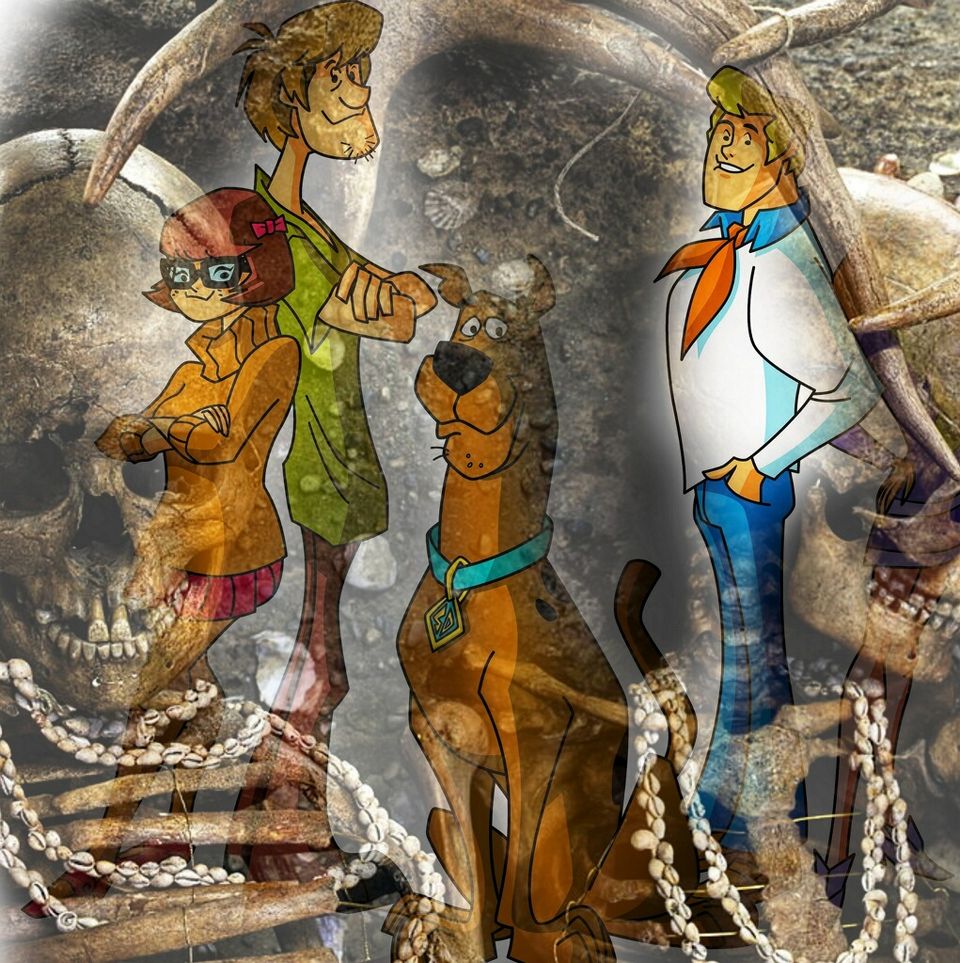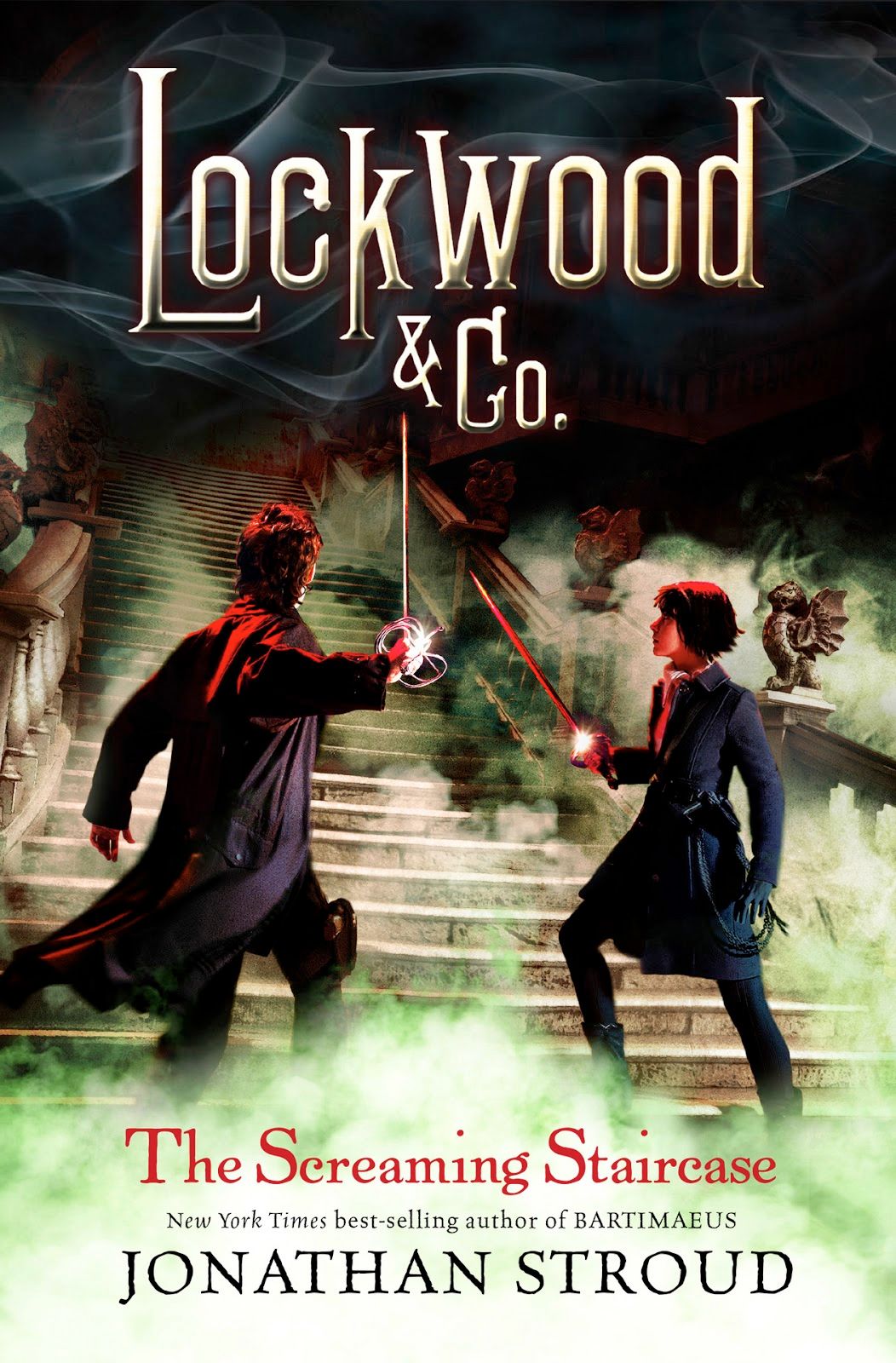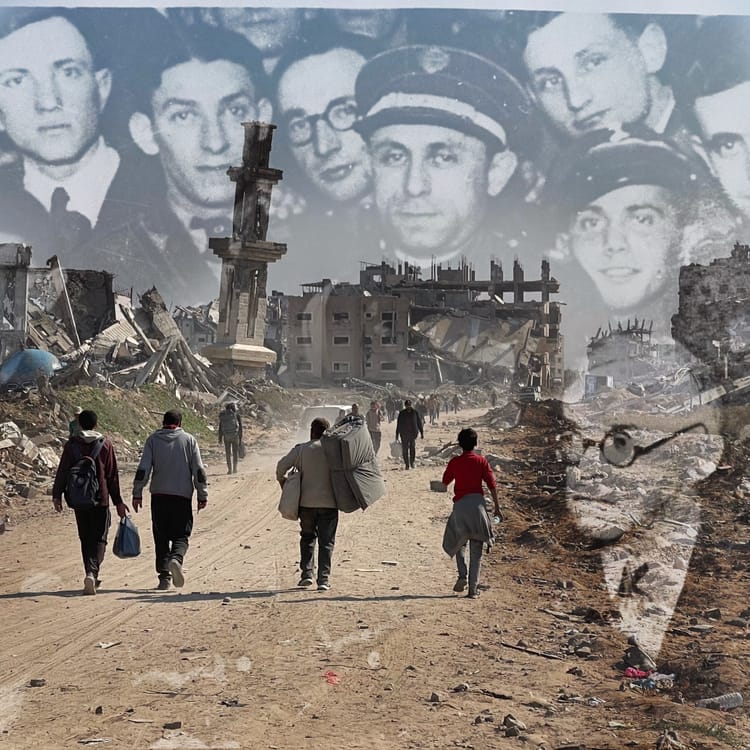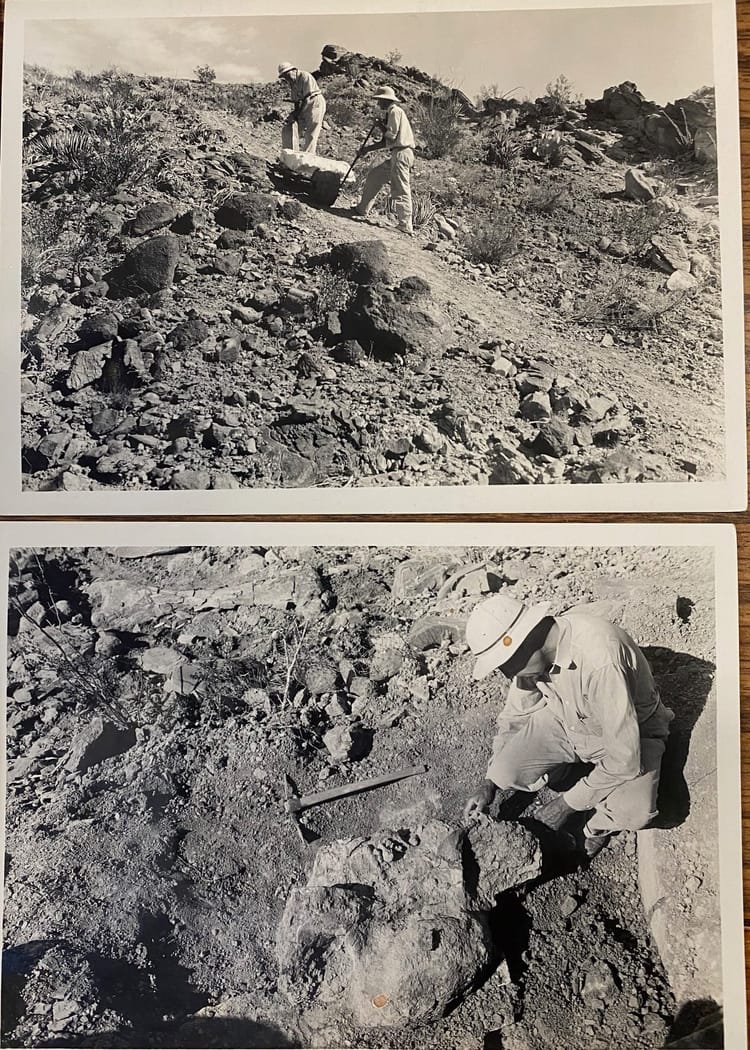The Problem We All Live With

Saul here. One of our culture’s great taboos is the sacrifice of children — provided, that is, that it is done deliberately.
In the highlands of Armenia, at the world's oldest winery, archaeologists found the bodies of children entombed in casks — a 6000-year old sign, a tour guide told me, that people living hard lives had offered "the most valuable thing they possessed," which was the future.
Far later, in the cosmopolitan city-states of the West Semitic diaspora, Phoenician nobles in Carthage, Sicily and Sardinia would sometimes — on particularly grim or auspicious occasions — sacrifice a child as a burnt offering.
As the Hebrew Bible records, this was a religious practice that was looked on with great disfavor by many of the peoples of the lands those colonists left behind. “Perhaps the reason the people who established Carthage and its neighbors left their original home of Phoenicia [modern-day Lebanon] was because others there disapproved of their unusual religious practice," historian Josephine Quinn wrote in a 2014 paper in Antiquity.
Even that disfavor may have been a comparatively recent development. There’s plenty of Biblical evidence that even some Jews practiced this custom until well into the first millennium BCE. Leaving aside Abraham’s abortive sacrifice of Isaac, the Biblical book of Kings lists two kings of Israel, Ahaz and Manasseh, throwing their children into flame, and credits King Josiah (who ruled around 600 BCE) with finally “defiling” the place of public child sacrifice east of Jerusalem.
That dread ravine was in a place called Emek Hinom, the Valley of Hinom — which was later Hellenized as Gehenna, and associated with Hell, as deliberate child sacrifice became the great anathema of Jewish and Christian culture.
And yet — the thing about anathemas and taboos is that they are often the mirror image of a culture’s dark heart. Quinn notes that many of the Carthaginians’ greatest critics — their rivals among the Greeks and Romans who are our primary literary source for their practice of child sacrifice — routinely practiced child abandonment, leaving babies out in the wilderness for the elements or predators. (You might call it ‘infanticide for those unable to commit.’)
So we are left with the question: Is the problem the death of children? Or is it just adults asking for something specific in return?
As Asher lays out in a powerful review of a 2010s young adult series, the practice of child sacrifice remains popular in modern times. Provided, that is, that it is done callously, indirectly and with much wringing of hands.
Welcome to Heat Death, the newsletter that digs up the cremated remnants of uncomfortable truths. The beginning of summer finds the Brothers Elbein recovering from a long creative hibernation. Saul has been fighting the overwhelm that comes with putting out a 2000 word newsletter on the world's grimmest topics every day for a year — Equilibrium, the newsletter he co-runs for The Hill, just hit its one year anniversary.
Asher meanwhile has been hiding in a deep cave and working frantically on a raft of articles in order to fund a fiction project, about which updates will come in time. We’ve been extremely slammed with our day jobs, in other words.
But for now, as we start to get back on track here, here's a piece on a series of young adult novels about ghost-hunting teens, and the nasty little metaphor that drives their epidemic of hauntings. They call it “The Problem.” It’s one you might recognize.
It’s Heat Death. Stay with us.

Making Ghosts
Asher here. Sometime in the 1950s, an epidemic of deadly hauntings spread throughout England. The dead began to rise to assail the living, and the only ones who can properly detect them, it transpires, are children.
This means that over time, the nation’s children have been pushed to the front-line of the war against spirits, fighting them with steel rapiers, silver and iron. Private, semi-regulated ghost-hunting agencies spring up to tackle hauntings as they appear. They are run by adults, and staffed by an endless rotation of children. Many die. Life goes on. The Problem grows.
Depending on when you last dipped your toe into the YA section, you might recognize this as the premise of Lockwood and Co, a series of five horror-adventure books by writer Jonathan Stroud. (He’s also the author of the Bartimaeus books, an excellent YA series about British magicians and djinn.) Published between 2013 and 2017, Lockwood and Co follows the ghost-hunters of London’s only independent, teenager-run agency. There’s the dashing young Anthony Lockwood, leader; slovenly but brilliant researcher George Cubbins; and our narrator and protagonist, Lucy Carlyle, a stout-hearted and extremely psychically gifted girl who can talk to ghosts.
The three kids—along with a growing set of allies, including a talking skull locked in a glass bottle—take on a multitude of hauntings. They investigate the house of a grotesque cannibal, a poltergeist-bedeviled department store, a gothic hall hiding a multitude of sinister secrets. They fight black market criminals and solve murders, which often turn out to have been carried out by the wealthy and powerful. They bicker and grow, and eventually, over by the finale, untangle the terrible secrets behind the return of the dead.
I initially read the Lockwood and Co books while recuperating from a fairly serious surgery back in 2017, and returned to them a month ago as a palate cleanser while finishing up a logjam of work assignments. I have a soft spot for them: they’re tightly written, atmospheric, and strike the perfect balance between funny and genuinely creepy. But in light of recent events, I’ve been thinking about the idea of “The Problem” as a metaphor.
And folks, it is not at all an escapist one.
Let’s drill down a bit. The world of Lockwood and Co is a world where adults have not simply abandoned children, but are actively pushing them into harm’s way. Children are the people who can see ghosts, so children are the people who must combat them. (It eventually becomes clear that the technology to arm adults against the restless dead exists, but is being put toward other, more selfish uses.) Children are the footsoldiers in an ongoing, never-to-be-won “war,” but aside from our protagonists, they are not granted any agency in how that war is fought. They recieve no real protection or support once they grow up, save the opportunity to take on a supervisory job at an agency, sending the next crop of children out to fight ghosts.
The relentless encroachment of death onto life is greeted by a sort of brutal, willful blindness on the part of many of Britain’s adults: a tendency to focus primarily on business as usual, to attend lavish parties and dance in the face of armageddon, to consistently sit in safety as they send children into mortal peril. The worst of them actively profit off of the epidemic in a multitude of ways while pursuing their own occult and selfish ends. The Problem, as far as the country’s adults are concerned, cannot be fixed.
Now, it is, of course, very bad; on this everyone largely agrees. People of all ages are dying all the time. And yet society simply spins on, greased by a steady stream of children’s lives.
The notion of a world that cannibalizes its young is fairly common in YA these days. One of the modern ur-texts of the genre, Suzanne Collins’ The Hunger Games, was inspired, as she’s remarked in interviews, by the experience of flipping between reality television and the Iraq War; youths in the imperial capital competing, youths overseas dying. Collins’ imitators generally lacked the queasy, ugly urgency of her world, trading instead on the simple idea of youth being selected and herded into death games. The result has been a series of endless, increasingly abstracted riffs, with teams and color-coded factions and undercurrents of formal, ritualized sacrifice. (The Hunger Games is riffing on Roman gladiatorial practices, but it’s perhaps a closer historical match for the bloody, semi-ceremonial “flower wars” waged by the Mexica Triple Alliance on their surrounding client kingdoms, many of which ended in the sacrifice of captives.)
The Problem, as presented in Lockwood and Co, is a more counterintuitively subtle threat. Literally speaking, The Problem is ghosts: an apparently unprovoked, exogenous invasion of the uncanny.
But functionally, it’s any seemingly systemic threat that becomes—through policy failure, greed, or ideological blindness—an ongoing catastrophe.
This is not a difficult thing to imagine; it is the world we and our children currently live in. Forget climate change, for a moment, and consider that Britain—Stroud’s native country—is now a culture where children regularly go hungry. America, meanwhile, consistently subjects poor children to compounding “lunch debt” in schools, a problem which is likely to get worse as a program providing free school lunches to 10 million children expires. Children are killed on roads now patrolled by the immense, tanklike battering rams which we now call pickup trucks. Children who catch Covid in schools that have dropped mask mandates may, if one recent study awaiting peer review is to be believed, stand a 25% chance of ending up with disabling “Long Covid.” Queer and trans children are increasingly hounded, their care restricted: far too many are driven to suicide.
And, of course, always, there are guns: in America, four times as many children have been shot to death than soldiers or police officers since 2000. In response, companies sell “bullet-proof backpacks” and politicians pump money into school police, which largely occupy themselves by writing tickets to 10 year olds and hiding whenever an actual threat shows up. The mass school shootings that grip and horrify us are the light glinting off the top of an iceberg. There are so many interlocking ways, it seems, for children to suffer and die, and nobody in a position of real power seems all that interested in curtailing any of them. When they are discussed, this nexus of interweaving crises are, well, the Problem; a thing that, by its nature, must simply be ameliorated, propitiated, or suffered. Of course children will die as a result of The Problem. Such a shame there is nothing to be done about it.
It’s worth noting here that YA adventure fiction, by its fundamental nature, requires adult ineptitude—or at least indifference. One of the most tiresome bits of online cant about YA is the question of where the adults are, and why they aren’t helping. (If you find yourself fixating on this as a narrative problem, it’s a sign that you should begin reading adult books.) Because the books are for children, children must be the heroes, the ones with the tools and willpower to solve the problem.
There’s a reason that so many popular YA series are about children overthrowing dystopias. That’s the power fantasy: children getting to explore the idea of hitting back and changing the world — particularly the invariably fucked-up one they’ve been left by the adults.
The trouble, of course — and the reason the fantasy is so endlessly compelling — is that in real life, kids alone can’t change the world. The Problem has many faces, many jaws, many gnashing teeth; none of them are answerable to those they eat. Children are capable of incredible bravery, insight and good sense; what they cannot do is make laws. They do not prosecute, adjudicate, or exercise institutional power. When the young try to effect change, their desperate pleas and arguments are met with indulgent smiles and applause. They are called inspiring, even as they inspire nothing. This wretched society holds them up as a bulwark against The Problem, asks them to save us, to advocate harder for us, to throw themselves at gunmen wielding the weapons our leaders refuse to take away.
The implication of the last Lockwood book, The Empty Grave, is that the epidemic of ghosts bleeding into the world can be solved, in part by learning the names and addresses of the people responsible for creating it. It’s a hopeful ending, and an earned one; it’s not fair to ask a series of escapist children’s books to plumb the depths of society’s ongoing collapse. (Here at Heat Death, we reserve that responsibility exclusively for Star Wars.)
But prior to that ending, the Lockwood and Co books manage to hit on something very real. There is an immense, seeping death that creeps and crawls into every aspect of our lives, that kills and kills and kills, and yet must be faced, it seems, by our children and their families alone. Our leaders don’t send them out to fight ghosts; we simply make them on a nearly industrial scale, and say that The Problem can’t be fixed.
Many die. Life goes on. The Problem grows, and grows, and grows.






Member discussion